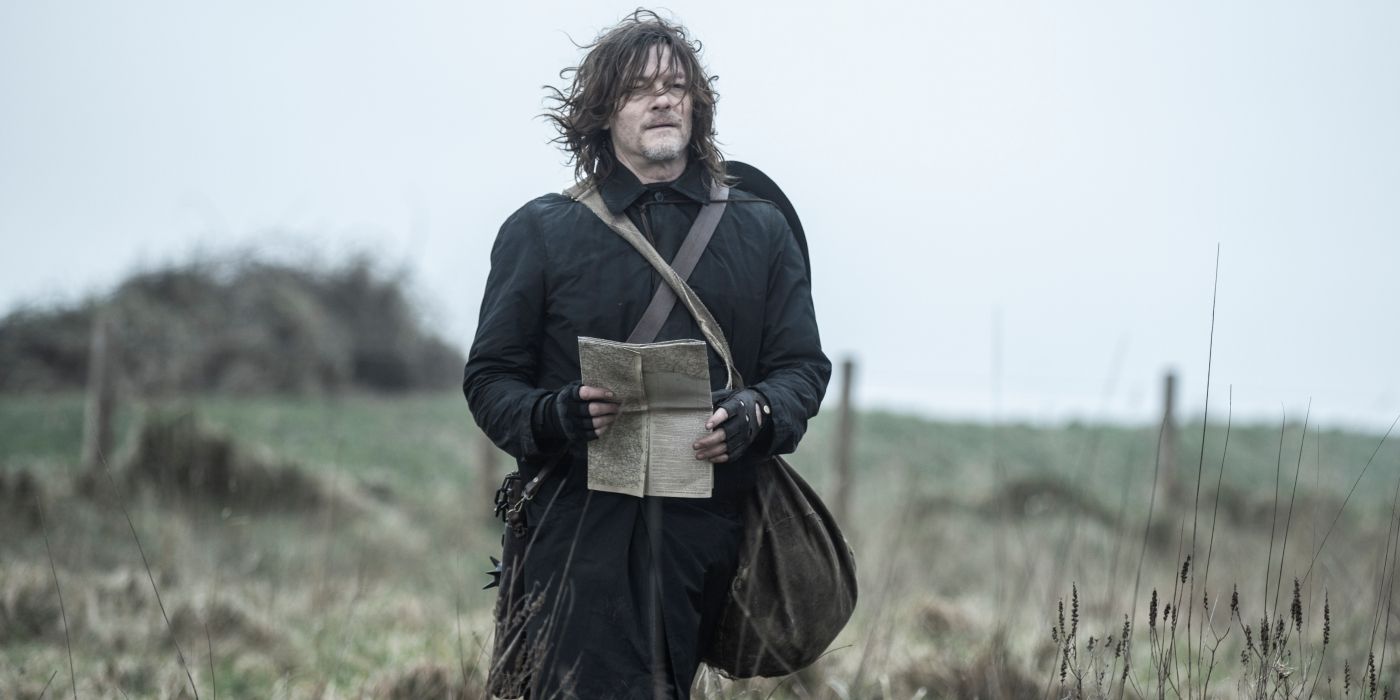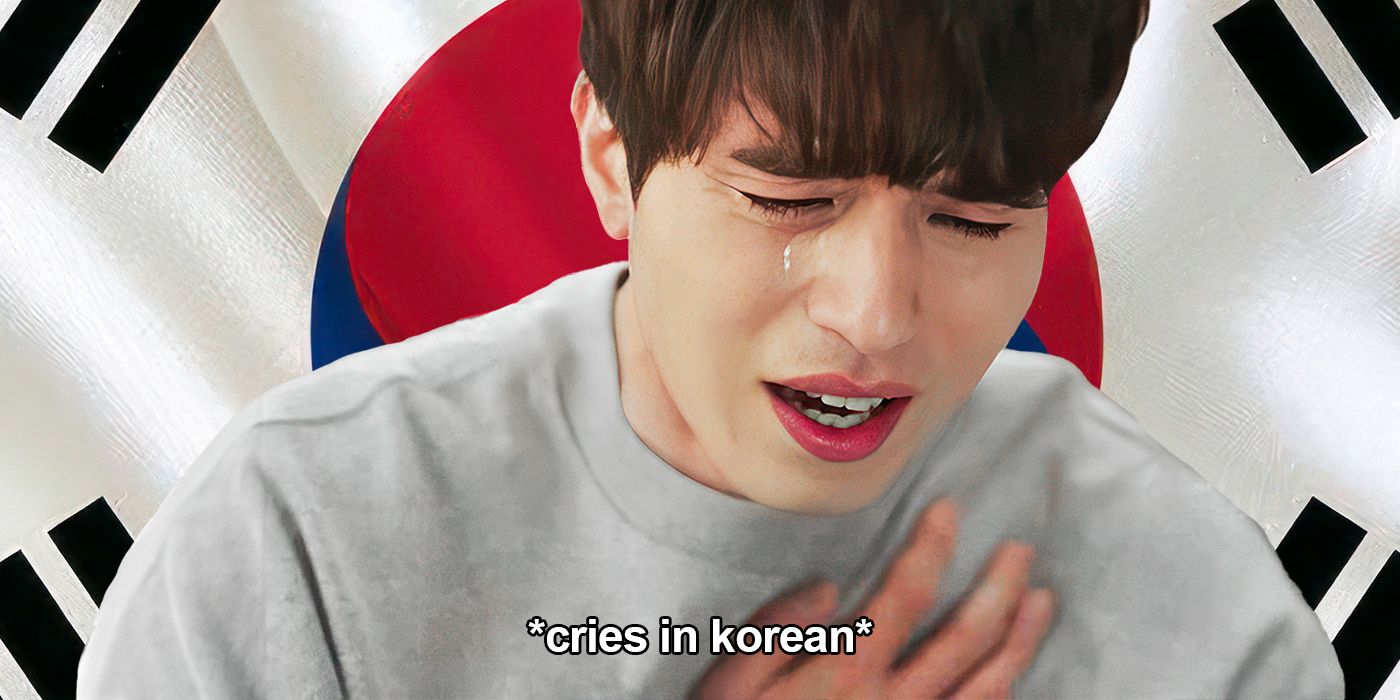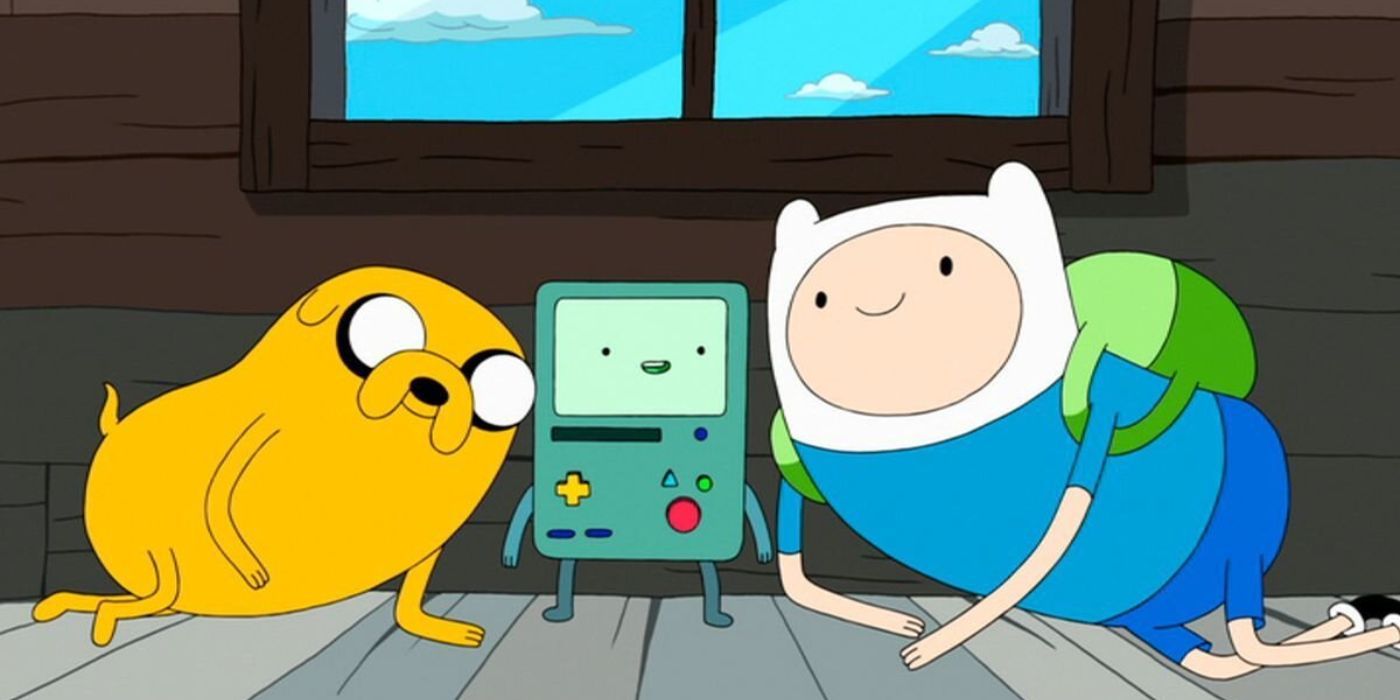Editor’s note: The below review contains major spoilers for Star Trek: Prodigy Season 2.
The Big Picture
-
Star Trek: Prodigy
Season 2 is a thrilling and heartwarming continuation of the series, featuring time travel and strong character development. - The animation and storytelling are top-notch, with themes that resonate with both children and adults.
- The series deserves more recognition and attention for successfully capturing the essence of Star Trek and its endless potential.
A year after Star Trek: Prodigy was cancelled at Paramount+, the series has delivered one of the best 20-episode runs of television in recent memory with its long-awaited Season 2 premiere. It’s hard to believe that the home of Star Trek would let Season 2 — which is, by all rights, a love letter to the entire franchise, past and present — go to another streamer. Now Netflix will reap the rewards of the flawless, exhilarating storytelling it delivers, which will keep audiences on the edge of their seats. With its second season, Star Trek: Prodigy has taken the very best parts of a nearly sixty-year-old franchise and infused them with vibrant joy, hope-punk optimism, and fresh perspectives. Whether you’re a seven-year-old experiencing Star Trek for the very first time, a millennial who was raised on Star Trek: Voyager, or a die-hard Star Trek: The Next Generation fan, there’s something for everyone spread out across this season, and it will be a crying shame if these characters’ stories end here.
Season 2 picks up shortly after the close of Season 1, with Dal (Brett Gray), Jankom Pog (Jason Mantzoukas), Rok-Tahk (Rylee Alazraqui), Zero (Angus Imrie), and Murf (Dee Bradley Baker) adjusting to their new lives in San Francisco as official Starfleet cadets. Some of them (namely, Rok-Tahk) are thriving within the structured educational system, while others (unsurprisingly, Dal) are struggling to find their strengths. Dal is also still reeling from the loss of Gwyn (Ella Purnell) as she embarks on her quest to prevent Solum’s future civil war. Dal and Gwyn remain the heart and soul of Star Trek: Prodigy and neither distance nor time travel chaos nor promotions bring an end to their sweet flirtations.
Admiral Janeway’s (Kate Mulgrew) quest to find Chakotay (Robert Beltran) continues throughout the season, and it honestly delivers one of the most satisfying storylines for these characters by paying off seven seasons of their dynamic from Voyager. Whether you wanted Janeway and Chakotay together romantically or preferred for them to remain just friends, you’ll be happy with how their reunion and the preceding antics are handled. With Hologram Janeway in Season 1, Star Trek: Prodigy felt like a spiritual successor to Voyager, but Season 2 is closer to a true continuation of that series, as Dal and his team are assigned aboard USS Voyager-A with Admiral Janeway at the helm and the Doctor (Robert Picardo) in sickbay.
‘Star Trek: Prodigy’ Turns Wesley Crusher Into the Doctor
Across the first handful of episodes, Dal and the team face some pretty dire time-travel mayhem that sees Gwyn nearly erased from existence and the terrifying Loom threatening to eat up a host of timelines. For a series that is aimed at seven year olds, Star Trek: Prodigy is incredibly smart about how it introduces the concepts of quantum realities, temporal mechanics, and everything else that comes with jumping across timelines, jettisoning through wormholes, and coming face-to-face with the evil versions of Janeway and Chakotay in the Mirror Universe. But perhaps the most exciting wibbly-wobbly thing that Season 2 does is finally turn Wesley Crusher (Wil Wheaton) into a roguish time traveler, following through on that Star Trek: Picard Season 2 tag that felt like it was going to get lost to time itself.
About halfway through the season, Wesley is revealed to be “the entity” that has been guiding Dal and the team (but specifically Murf) through their time travel antics. He’s like Star Trek’s answer to Doctor Who, complete with a world-weary attitude that comes from being burdened with the knowledge of every timeline’s triumphs and tragedies, an upbeat sense of humor to combat that emotional baggage, and a healthy dose of mommy issues. This may actually be the best version of Wesley Crusher we’ve encountered thus far, and it’s made even better by how incredibly realistic the animation is. His character feels real in ways that the series has yet to successfully render Janeway and Chakotay; almost as though Wesley Crusher has jumped between not only timelines but the lines between live-action and animation.
Following her introduction in the back half of Season 1, Asencia (Jameela Jamil) proves to be a rather formidable foe for Gwyn. Not only does she ensure that Gwyn barely exists by toying with the timelines, but she also capitalizes on her own knowledge of how things will play out to gain insurmountable power and control on Solum, which threatens to destroy not just Gwyn and the Voyager’s new crew, but the whole of the Federation and their timeline. It’s quite fun to see a villain, who is remarkably similar to one of the young heroes, prove to be such a true threat. The fact that she is able to best even a Traveler like Wesley really underscores just how difficult she is to defeat this season. This plotline also allows for some really beautiful followthrough on Gwyn’s dynamic with her father (John Noble) that was first introduced in Season 1, and it heals the wounds left by how terribly he treated her.
Characters Remain At the Forefront of the Storytelling in ‘Star Trek: Prodigy’ Season 2
Star Trek: Prodigy’s overarching plot for Season 2 is fixing the broken timelines and ensuring that everyone returns to their rightful place in time, but it also ensures that each character’s individual subplots are given ample time to develop and evolve as the cast grows up before us. At the end of the day, the series is about a ragtag bunch of teenagers who have been thrust into political turmoil and the daily dangers of Starfleet and the Federation, but it’s still a teen drama with all of the dressings of one.
Zero’s subplot is one of the most compelling arcs in Season 2. From the first episode, Prodigy introduces the Medusan’s desire to be like those around them: able to feel and experience all of life’s little pleasures. There are a lot of throwaway lines about wishing they could know what touch feels like, some of which are met with empathizing from the Doctor, while other moments are just pining for those connections. Early on in the season, Zero forms an unexpected connection with the newcomer Maj’el (Michaela Dietz), a young Vulcan aboard Voyager-A who becomes a quick ally to the former crew of the Protostar. By Episode 8, Zero gets their chance to experience life as a caporal being when the crew arrives on a mysterious planet occupied by fellow Medusans. Zero gets a few episodes to fully enjoy all of life’s little pleasures within this body before tragedy strikes, forcing them back into their metallic container. Fortunately, they receive a much-needed upgrade that allows them to still feel touch (including Maj’el’s). The entire plotline feels so very Trek, as it grapples with themes of existence and what makes for a fulfilled one. It’s heartening to have a series aimed at a younger demographic that is so unafraid to tackle such larger-than-life themes with so much heart.
Another notable subplot is Chakotay’s. When Dal and co. finally come to his rescue, he’s been marooned for roughly a decade, in a very “New Earth”-style situation, and he’s very closed off and hardened by what he’s faced. As with everyone who encounters the former crew of the Protostar, Dal and his friends inject a much-needed dose of hope into Chakotay’s life, which pushes him to reflect on things. This plotline also allows Prodigy to explore grief through the loss of Chakotay’s first officer, Adreek (Tommie Earl Jenkins), which further forces him to face the situation head-on and process how it might affect the relationships around him. And because Season 2 relies heavily on bouncing around through different timelines, it also means we get to enjoy storylines where Chakotay doesn’t make it off Solum and how that affects Janeway; how Dal and co. are processing the loss of Hologram Janeway; and what it might be like for Chakotay to face off against a truly evil version of himself (courtesy of the one and only Mirror Universe).
How Does ‘Star Trek: Prodigy’ Season 2 End?
There is no guarantee that Star Trek: Prodigy will receive a much-deserved third season (or a seventh season), which doesn’t make sense considering how incredible Season 2 is. Despite ending with a tease about what might lie ahead for these characters, the final episode feels like a bittersweet goodbye. It features a beautiful montage of some of the best and brightest scenes from across the two seasons, as the timeline is knit back together, and crisis is averted, and it’s a tear-jerker, despite being a joy-filled moment.
With the time travel chaos in the rearview mirror, Admiral Janeway has new plans for her band of proteges. She, alongside Chakotay and the Doctor, summons the newly minted Starfleet ensigns to the shipyard to see the brand-new U.S.S. Protostar that has been deemed “only suitable for exploration.” Luckily, she’ll fly in a new pilot program that Janeway is putting together, and we’re looking at the crew who will become a “beacon of light” wherever they travel, much as they have been a beacon of light to this franchise for the last three years. While Dal has spent forty episodes envisioning himself as the captain of his own ship—just as he was aboard the Protostar—he comes to realize that his true place is as the first officer to Captain Gwyndala. It’s a natural progression from the dynamics first laid out in the premiere, and a perfect reflection of an era of Star Trek first established by Voyager.
Star Trek: Prodigy begs the question: what is Paramount doing with the Star Trek IP, if they aren’t going to wholeheartedly embrace the series that are doing Star Trek best? It may be a series aimed at children, but aren’t they the future of all franchises? Shouldn’t we be investing in them, capturing their interests, and leading them into the storied halls of a franchise that has so much to offer? Prodigy isn’t the only Star Trek property that’s been left with a giant question mark above its future. It’s unclear if Paramount+ ever intends to follow up the masterpiece that was the final season of Star Trek: Picard, but at least Star Trek: Prodigy delivers a moment that fans were desperately hoping to see. As the final episode of Season 2 draws to a close, Wesley takes Janeway’s advice and drops in to see his mother, Beverly Crusher (Gates McFadden), who introduces him to his baby brother, Jack Crusher. It’s a beautiful moment that really underscores how well Prodigy has striven to connect all the various Star Trek series in unexpected ways.
This may not be goodbye for good, but Star Trek: Prodigy Season 2 certainly feels like a goodbye for now. However, we part ways knowing that these kids are out there spreading the joy they’ve brought for two seasons, and at the end of the day, this franchise has always had endless potential. Whether it returns for Season 3, in a novel or comic, or ten years down the line in live-action, Star Trek: Prodigy has delivered top-tier storytelling that deserves to be remembered as some of the best this franchise has to offer.
Star Trek: Prodigy
Star Trek: Prodigy Season 2 sees Dal and co. face off against timeline-eating monsters and reunite with beloved characters from Star Trek: Voyager.
- Season 2 balances the nostalgia of bringing in more Star Trek: Voyager and The Next Generation characters with the cast of Prodigy.
- The animation feels even more elevated compared to Season 1.
- The plot comes to a natural conclusion while leaving the door open for future adventures.
- The storylines deliver so much: heartbreak, grief, love, friendship, and the core themes that make this series one of the best.
Star Trek: Prodigy is streaming now on Netflix.
Watch on Netflix




